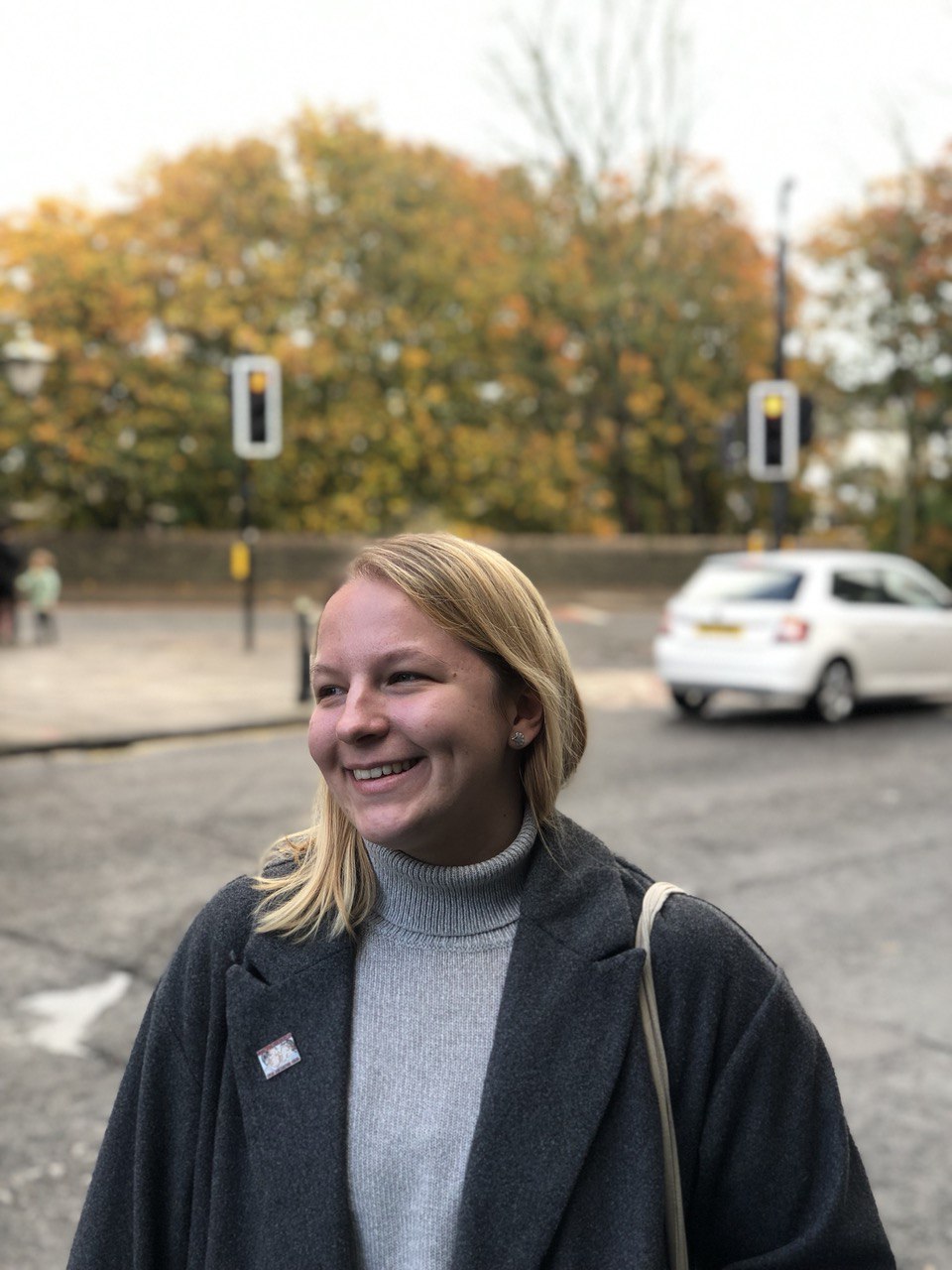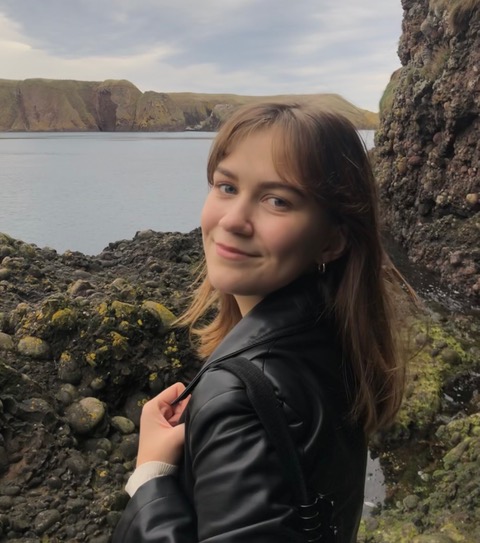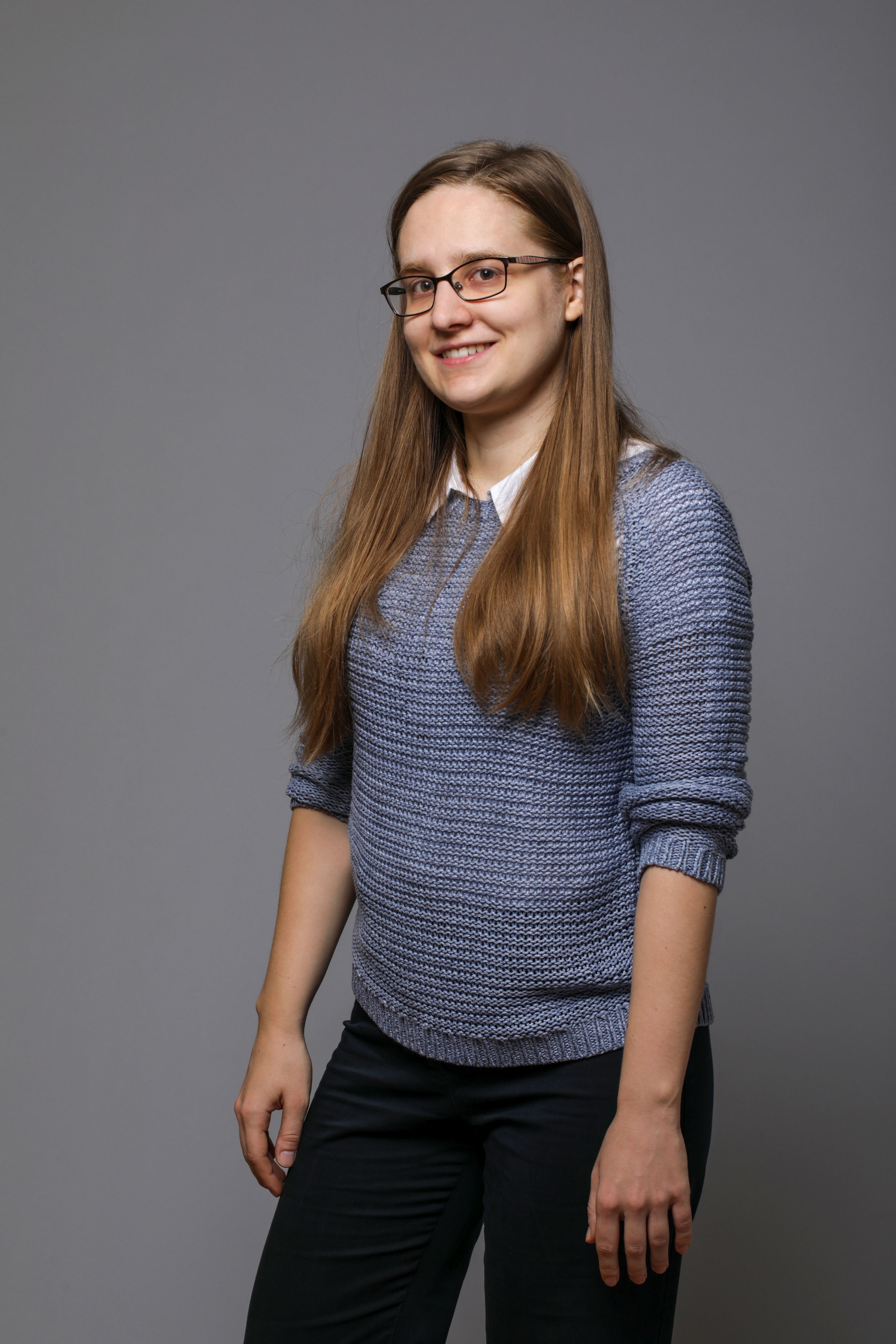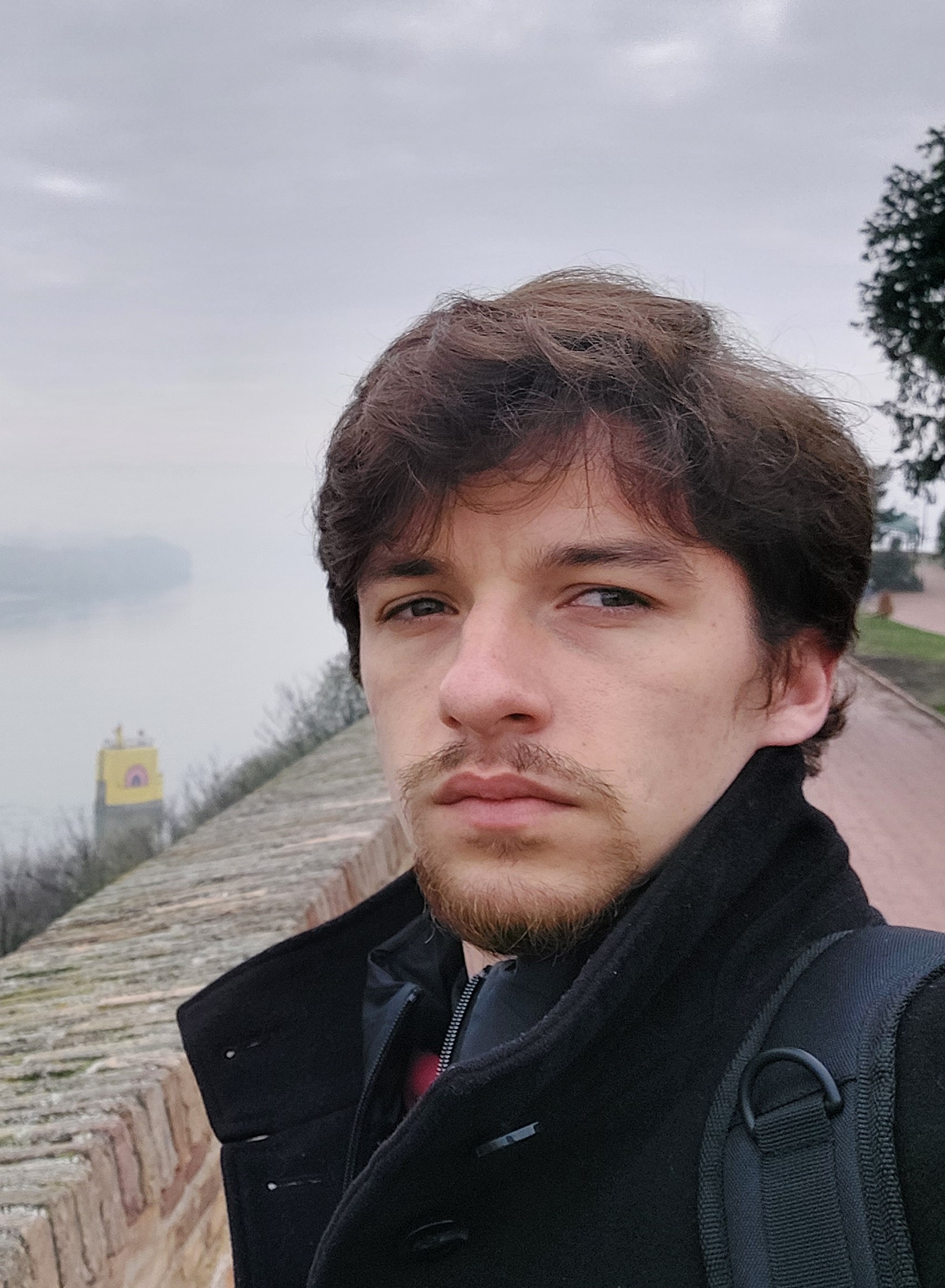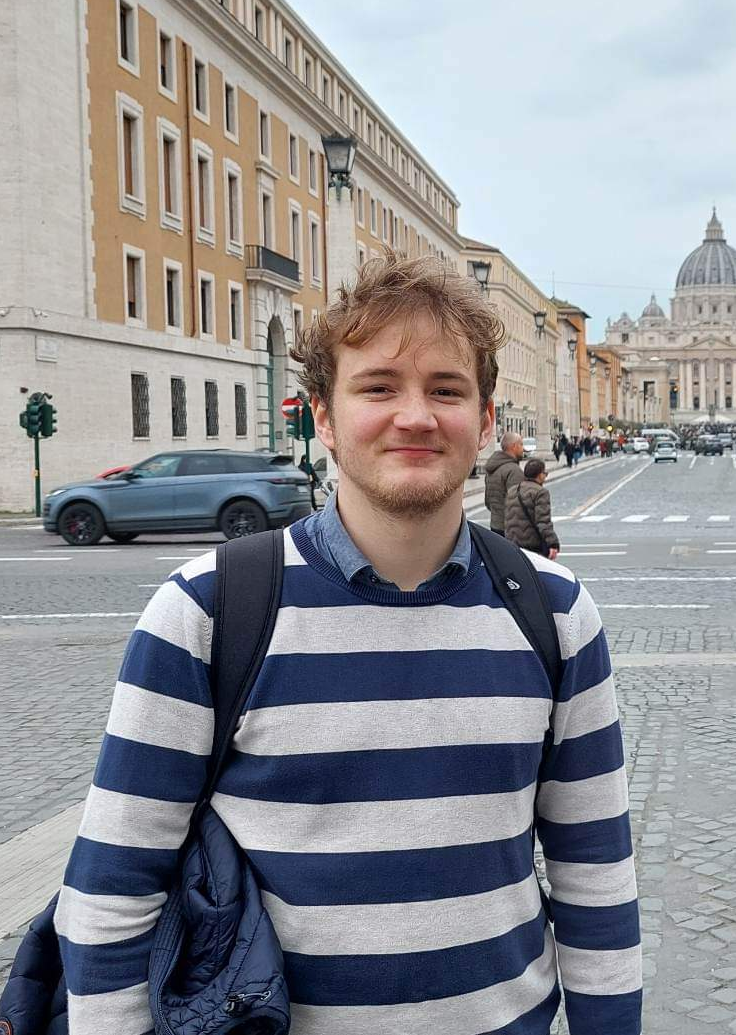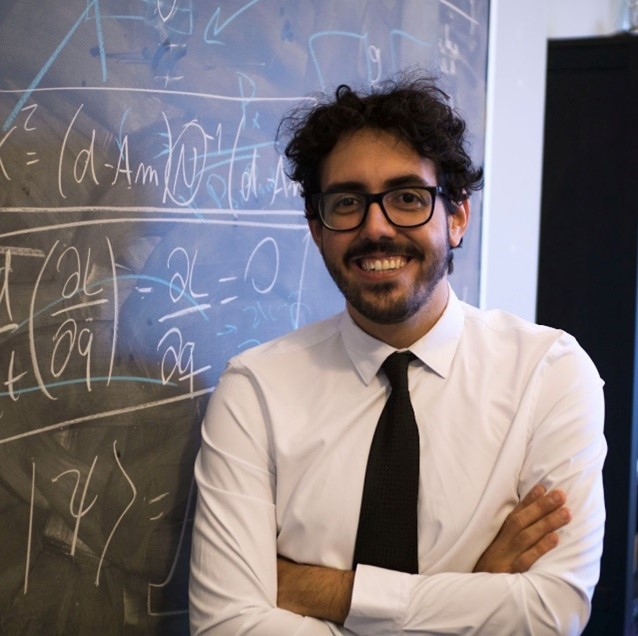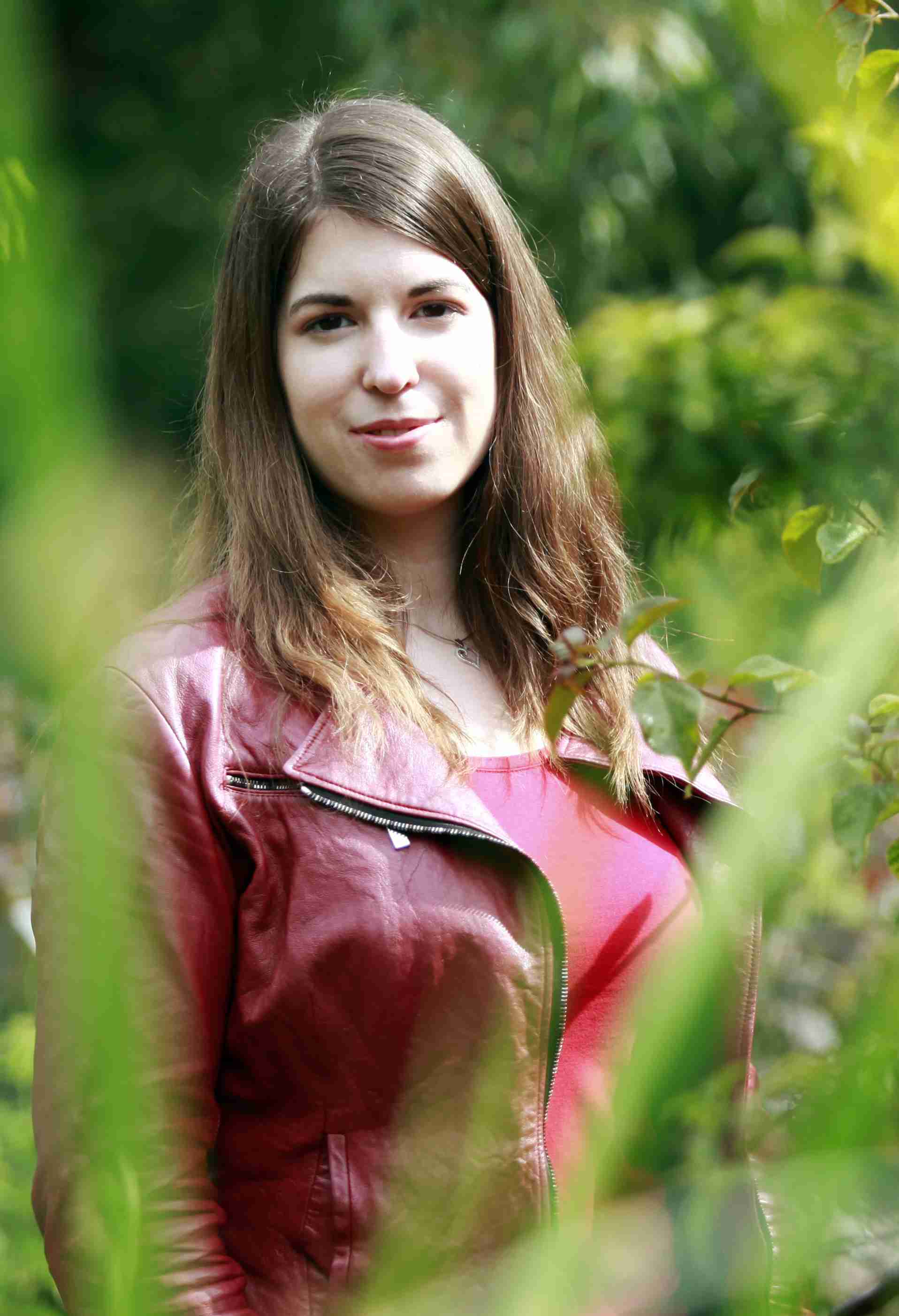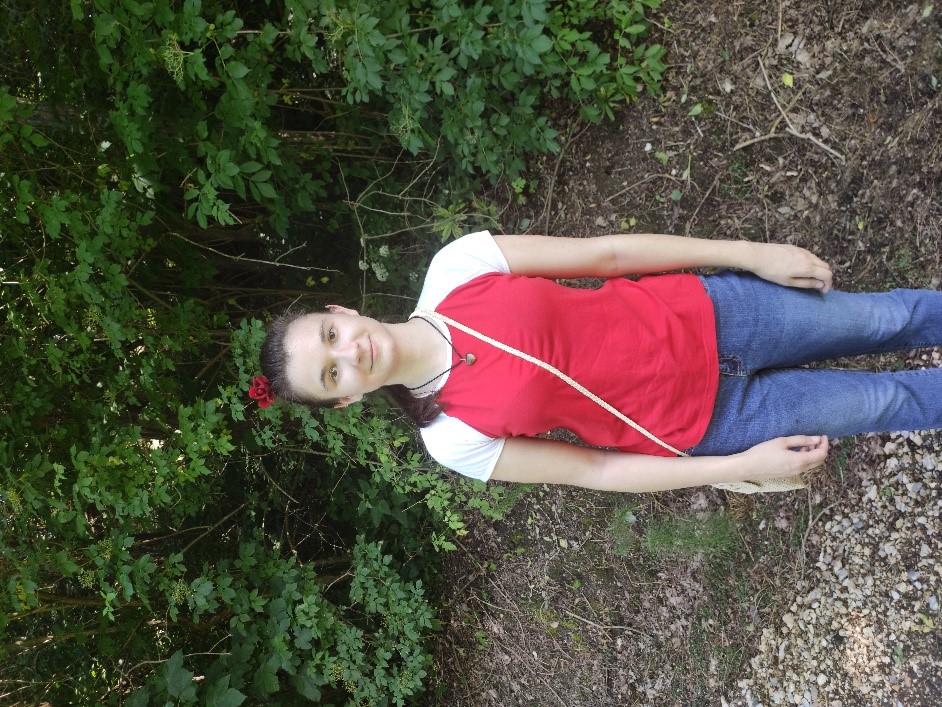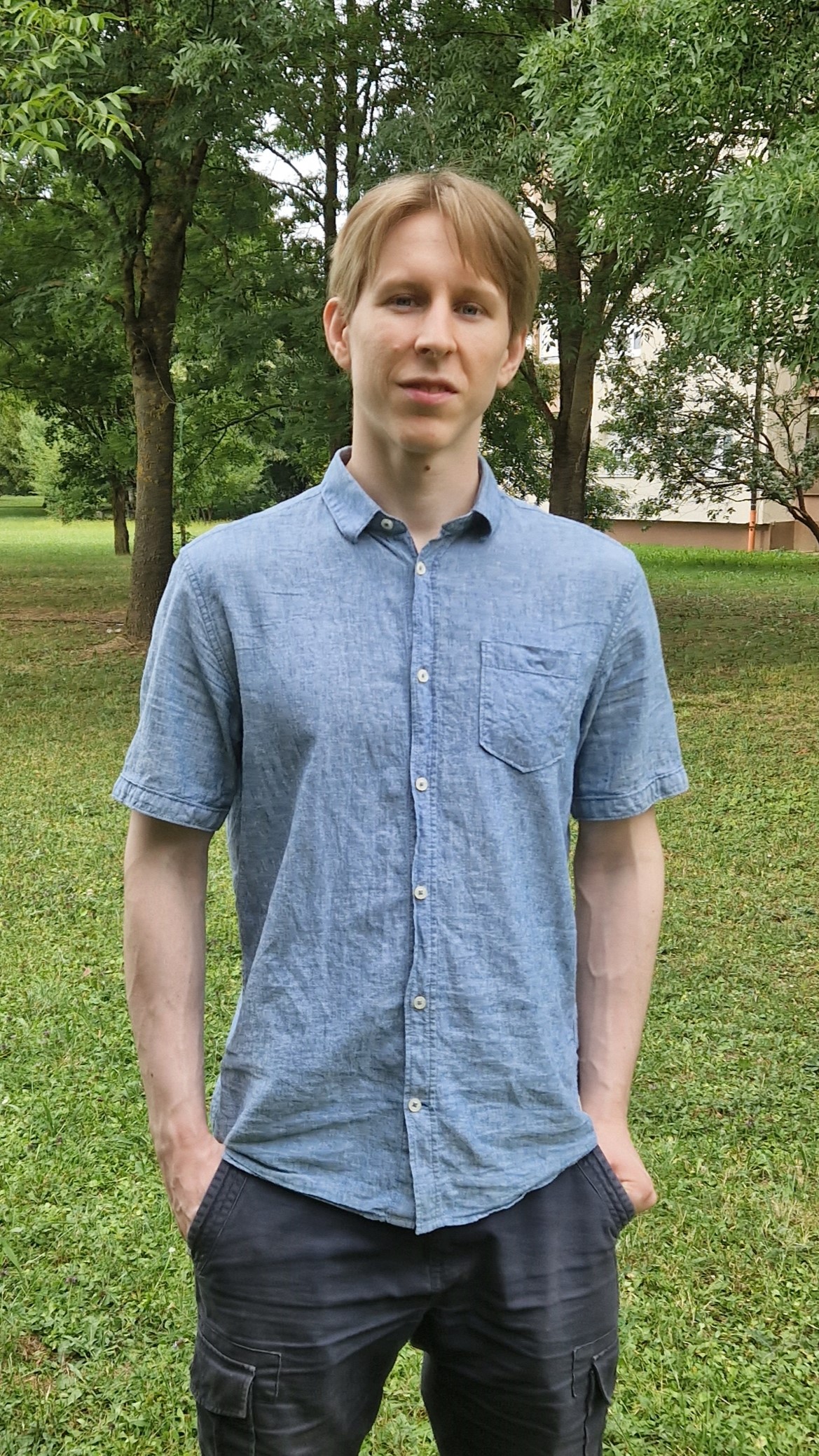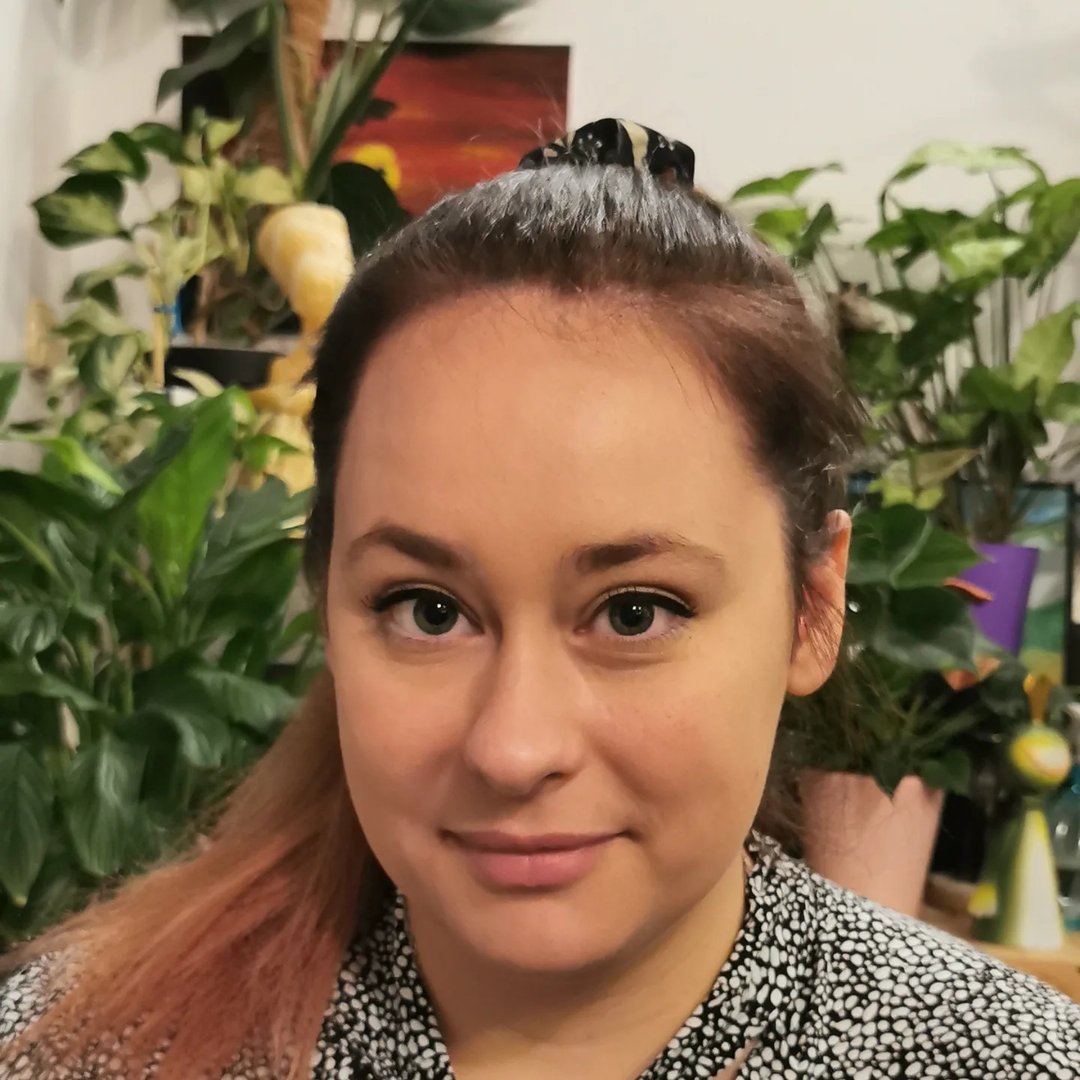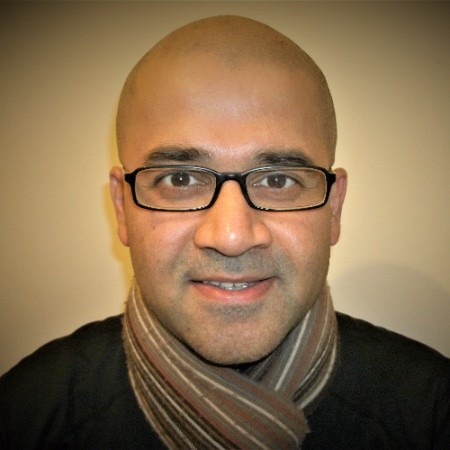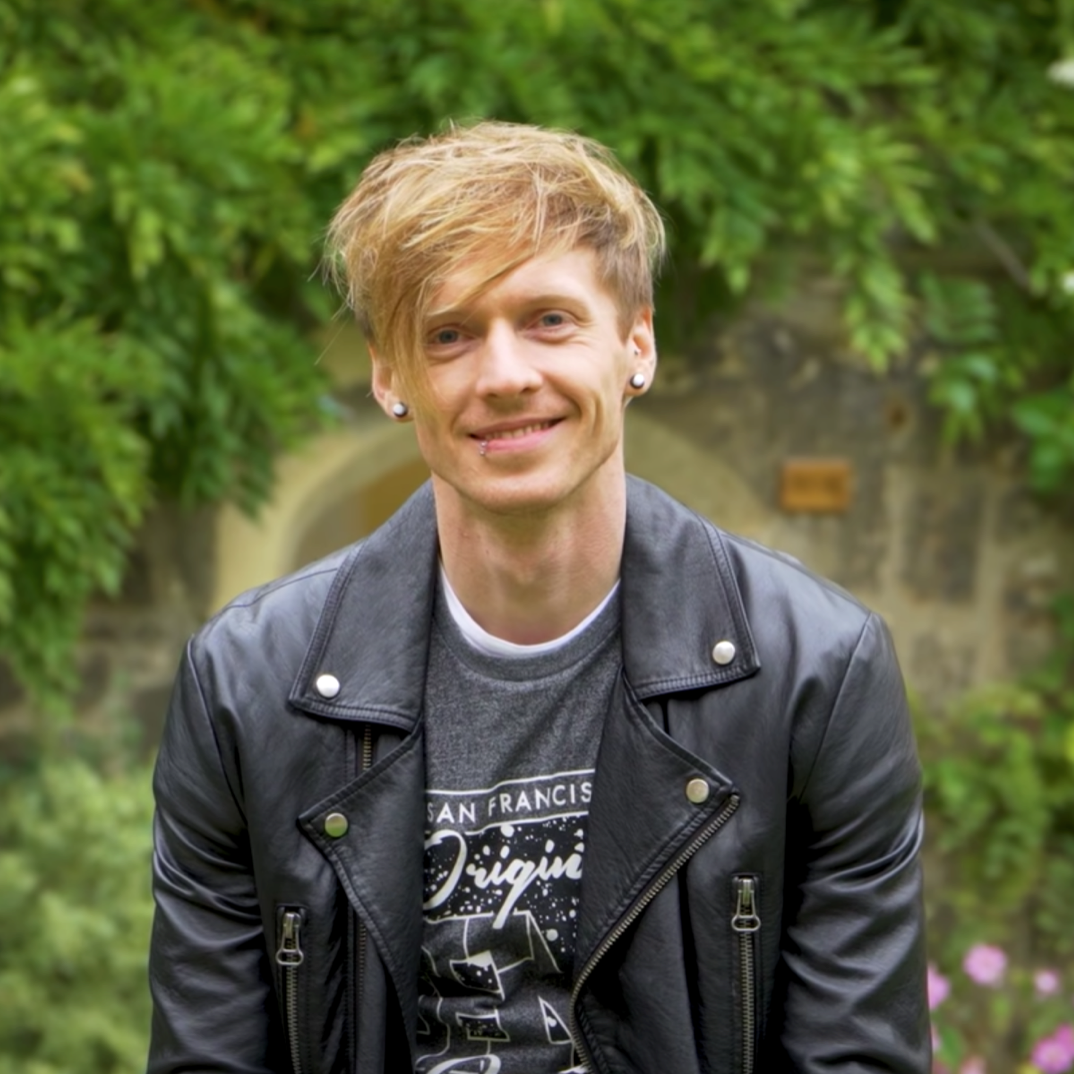Projects
Microfactories: How To Reprogram Bacteria
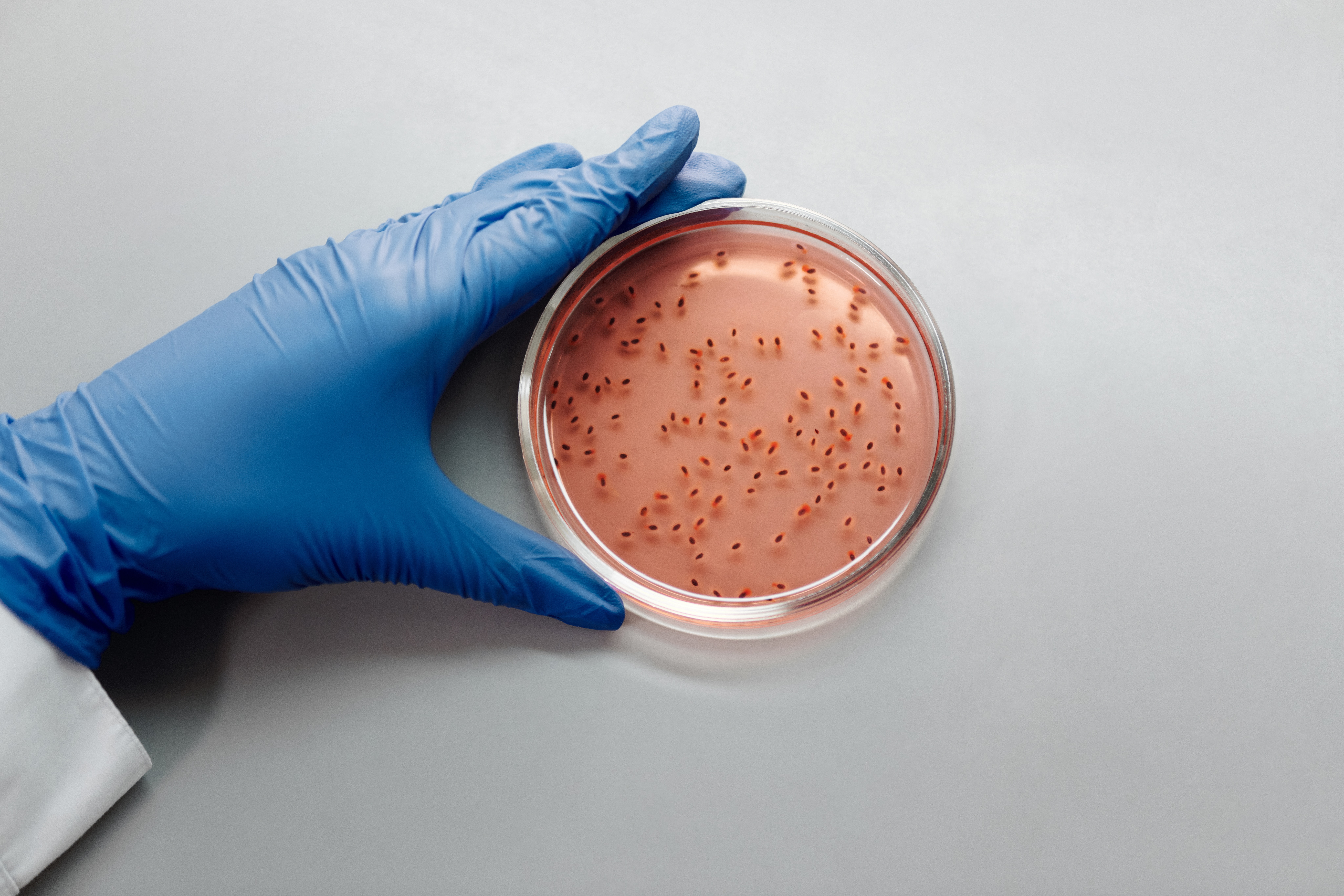 From biologically derived drugs to laundry detergent, more and more of the products we encounter in our day-to-day lives contain protein components. Have you ever thought about how these proteins are made on a great scale? Usually, this is done through the transformation of microorganisms like bacteria or yeast. Bacterial transformation is the process in which bacterial cells take up foreign genetic material (e.g. DNA) from their environment and incorporate it into their own genome. This allows proteins, which are encoded by DNA, to be produced in great amounts. This process is an important tool in genetic engineering, because it allows scientists to study protein function, structure and interactions. Importantly, proteins produced by bacterial transformation can also be used in therapeutic and industrial applications, including vaccine production and the development of insect-resistant crops.
From biologically derived drugs to laundry detergent, more and more of the products we encounter in our day-to-day lives contain protein components. Have you ever thought about how these proteins are made on a great scale? Usually, this is done through the transformation of microorganisms like bacteria or yeast. Bacterial transformation is the process in which bacterial cells take up foreign genetic material (e.g. DNA) from their environment and incorporate it into their own genome. This allows proteins, which are encoded by DNA, to be produced in great amounts. This process is an important tool in genetic engineering, because it allows scientists to study protein function, structure and interactions. Importantly, proteins produced by bacterial transformation can also be used in therapeutic and industrial applications, including vaccine production and the development of insect-resistant crops.
In this project, we will use molecular biology techniques to reprogram the bacteria Escherichia coli and have it produce green fluorescent protein (GFP). We will purify the produced protein and take advantage of its fluorescence to observe how different experimental conditions affect protein production in our bacterial factories. By doing so, we will develop a better understanding of good laboratory practice and a range of important skills like media preparation, working under sterile conditions, gel electrophoresis and purifying proteins with chromatography. In the end, we will use GFP as a case study in online bioinformatics databases to get a greater appreciation of how gene sequence, protein structure and biological function affect one another.
Irma Komljenovic
University of Aberdeen; School of Medicine, Medical Sciences and Nutrition
Irma is a third-year molecular biology undergraduate student at the University of Aberdeen. She developed her love of science in high school by attending different summer schools (including S3!). She is most interested in the ability to modify and optimise assays to give answers to specific hypotheses and accommodate new discoveries in the field. In her free time, Irma enjoys jigsaw puzzles, embroidery, going on hikes and thrifting.
Tinca Radzichevici
University of Aberdeen; School of Medicine, Medical Sciences and Nutrition
Tinca is a third-year biotechnology student at the University of Aberdeen, originally from Moldova. Her love for biology began in high school, where she participated in projects similar to S3, both at home and in Romania. After spending her last summer at the Helmholtz Zentrum in Munich, she discovered her interest in bioinformatics and its essential role in capturing and understanding biological data. In her free time, you can find her (re)reading books, immersed in DIY projects, and preparing to run her first marathon. She also loves being in nature and exploring new places.
Elephant on the road – how do deep models handle the unexpected?
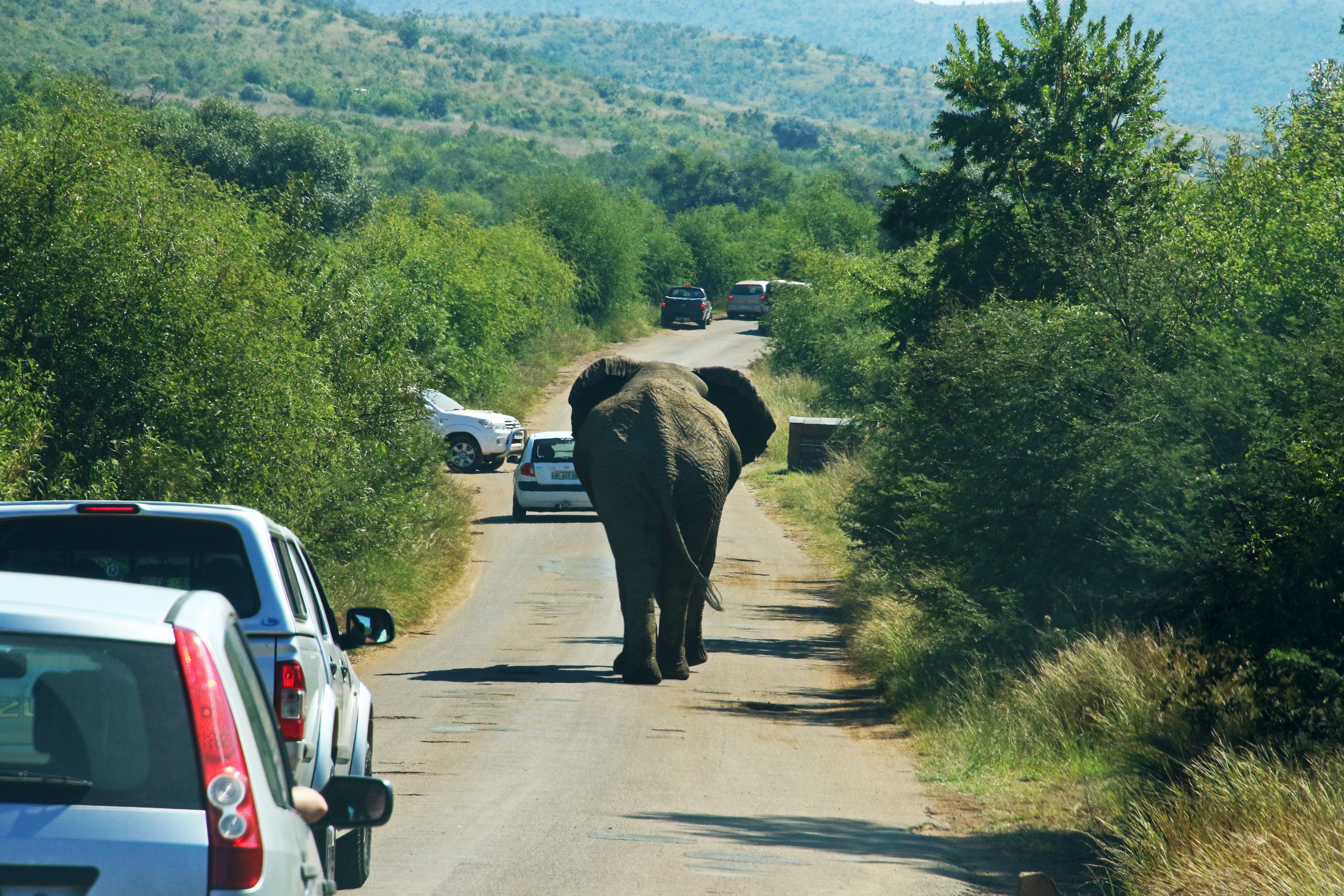 Deep models are computing systems designed to imitate the function of a human brain. They are usually trained on large amounts of data to perform different types of statistical analysis. They have shown tremendous potential for application in many different fields such as image analysis, text analysis, or medicine. Still, the good performance of deep models in controlled environments might not necessarily translate to their success in real-world settings. Take, for example, deep models intended for autonomous driving. They will most likely be trained to recognize the most common elements of driving scenes, such as cars, people, road tracks, etc. So, what happens if an elephant suddenly appears in front of the car? Our models can only classify it into one of the known classes. We could modify our training data to include elephants, but ultimately it is impossible to foresee every possible scenario. The next best thing is to equip deep models with the ability to say they do not know the correct answer. This ability of deep models to recognize potential failure is critical for their safe deployment in real-world applications.
Deep models are computing systems designed to imitate the function of a human brain. They are usually trained on large amounts of data to perform different types of statistical analysis. They have shown tremendous potential for application in many different fields such as image analysis, text analysis, or medicine. Still, the good performance of deep models in controlled environments might not necessarily translate to their success in real-world settings. Take, for example, deep models intended for autonomous driving. They will most likely be trained to recognize the most common elements of driving scenes, such as cars, people, road tracks, etc. So, what happens if an elephant suddenly appears in front of the car? Our models can only classify it into one of the known classes. We could modify our training data to include elephants, but ultimately it is impossible to foresee every possible scenario. The next best thing is to equip deep models with the ability to say they do not know the correct answer. This ability of deep models to recognize potential failure is critical for their safe deployment in real-world applications.
In this project, we will train simple image classification models, test their performance on expected inputs, and see how they respond to unexpected data. We will discuss potential methods for detecting model failure and see how we can compare different models with respect to their ability to detect anomalies. We will look at possible modifications to the model and training procedure that increase robustness to unusual input. Finally, we will combine the acquired insights to produce better classification models.
Petra Bevandic
University of Zagreb, Faculty of Electrical Engineering and Computing
Petra is a last-year PhD student and teaching assistant at the Faculty of Electrical Engineering and Computing at the University of Zagreb. Her research is in the field of image analysis, primarily of road driving images. She focuses on improving model robustness for real-world applications. Currently, she is trying to figure out how to automatically connect visual concepts across multiple datasets to train general-purpose models. Outside of work, she enjoys painting, classic movies, books, yoga, and pub quizzes.
Biology crash course: All of biology in 10 days
 Biology is the science of life – from free RNA, which acts like a simple computer code, to complex ecosystems that have minds of their own, it teaches us about ourselves, our environment and role in universe. The insight that biology provides allows us to create medicine, grow food, cure diseases, and develop as a species. Have you ever stopped to think about the different plants in your garden or the many sorts of critters living in the soil? Or exactly genes are and how they work? Where we come from and what we will look like in the future?
Biology is the science of life – from free RNA, which acts like a simple computer code, to complex ecosystems that have minds of their own, it teaches us about ourselves, our environment and role in universe. The insight that biology provides allows us to create medicine, grow food, cure diseases, and develop as a species. Have you ever stopped to think about the different plants in your garden or the many sorts of critters living in the soil? Or exactly genes are and how they work? Where we come from and what we will look like in the future?
In this project, we will explore the field of biology in a very simple and creative, yet efficient manner. We will explore every subfield of biology in various ways, following the evolutionary tree of life as a guide. We will perform lab and field work – drying and determining plant species, dissecting animals and growing bacteria in a gel. Throughout the process, we will construct a mind map to better understand our samples and the intersecting subfields they represent. We will build as full as picture as possible of biology as a whole and learn how to draw scientifically, collect live samples, dissect, determine species and do sterile lab work.
Davor Merkas
University of Zagreb, Faculty of Science
Davor is a graduate student of biology, currently attending his first year of an experimental biology master’s at the Universitiy of Zagreb. His love for nature, and later biology, started at a young age, when he would spend most of his free time playing in his garden with plants and insects of all kinds. Now he spends most of his days doing research, planning projects and motivating his colleagues to chase their ideas. He considers biology a part of his identity and considers it more than just a job. So, as you can imagine, his other hobbies – like gardening, keeping house plants and insects, sci-fi movies and shows – all contain a healthy level of biology :)
Observing and modelling galaxies far-far away
 It's a great time to be an astrophysicist with many telescopes producing observations that improve our knowledge of the Universe. These telescopes are giving us not only beautiful images of the sky but also probe the darkest corners of the Universe in pursuit of distant astronomical objects. As we search for more distant astrophysical objects, we are looking back in time to see the birth of galaxies. But the farther we look, more blurry observations become, and a life of an astrophysicist becomes harder. Therefore, a larger effort must be put in interpreting what we see. Additionally, far-away objects become increasingly different from our surrounding making them tough to model. Consequently, new observations can challenge our theories of how galaxies came to be and can help learn the nature of many unknowns we have, such as dark matter and dark energy and help us tell the story of our Universe.
It's a great time to be an astrophysicist with many telescopes producing observations that improve our knowledge of the Universe. These telescopes are giving us not only beautiful images of the sky but also probe the darkest corners of the Universe in pursuit of distant astronomical objects. As we search for more distant astrophysical objects, we are looking back in time to see the birth of galaxies. But the farther we look, more blurry observations become, and a life of an astrophysicist becomes harder. Therefore, a larger effort must be put in interpreting what we see. Additionally, far-away objects become increasingly different from our surrounding making them tough to model. Consequently, new observations can challenge our theories of how galaxies came to be and can help learn the nature of many unknowns we have, such as dark matter and dark energy and help us tell the story of our Universe.
Using observations of modern telescopes (Hubble Space Telescope or ALMA) we will look at the data and see what real galaxies look like. We will target interesting candidates that could potentially help us solve some of the astrophysical problems. Using these objects, we will use a set of standard astrophysical tools with which we can create a story about the galaxy, describing it in physical terms. Then we can put these observations in perspective with current theories and other observations. Who knows, maybe a new theory will emerge out of this project?!
Ivan Nikolic
Scuola Normale Superiore, Pisa, Italy
Ivan is a third year PhD Student at Scuola Normale Superiore in Pisa, Italy. His main research interests are interpretation of early universe observations and modelling of young galaxies. He loves to talk about astrophysics, but he‘s not very good in naming constellations. In his free time, he likes outdoor activities, running, climbing and other sports. He also likes reading, watching football and being lazy.
Have you ever seen temperature?
 We are all used to acoustics in our daily lives. It is present whenever we sing, or listen to songs on the radio, or on our earphones. When you go to a concert, for example, probably you have even felt the sound waves if you stood close to the sound boxes. Since these are pressure waves, it is physically possible to see them, and it's one of the most interesting aspects of acoustics. Acoustics is one of the oldest fields in Physics, and still today new applications and new phenomena are found. In an ultrasound exam, high frequency waves (ultrasonic waves) are emitted towards specific parts of the body. By analyzing the reflected waves, cancer, clots, and other abnormalities can be diagnosed. Now, imagine you light a candle. When you put your hands hands close to it, it is possible to also feel the heat coming out of it. This heat propagates and oscillates air particles around, and this is what you feel. Now, is it possible to see temperature as well?
We are all used to acoustics in our daily lives. It is present whenever we sing, or listen to songs on the radio, or on our earphones. When you go to a concert, for example, probably you have even felt the sound waves if you stood close to the sound boxes. Since these are pressure waves, it is physically possible to see them, and it's one of the most interesting aspects of acoustics. Acoustics is one of the oldest fields in Physics, and still today new applications and new phenomena are found. In an ultrasound exam, high frequency waves (ultrasonic waves) are emitted towards specific parts of the body. By analyzing the reflected waves, cancer, clots, and other abnormalities can be diagnosed. Now, imagine you light a candle. When you put your hands hands close to it, it is possible to also feel the heat coming out of it. This heat propagates and oscillates air particles around, and this is what you feel. Now, is it possible to see temperature as well?
In this project, you will learn everything about different oscillating systems such as a simple harmonic oscillator, an oscillating membrane that produces patterns of Lissajous figures, and, finally, be able to construct a system to see temperature variations. This is the goal of this workshop. To get to this point, you will learn how to build and troubleshoot simple and complex physics experiments (experiment design), how to make image processing, video analysis, and make experimental variations to test different hypotheses.
Matheus Azevedo Silva Pessôa
Physics Department, McGill University, Canada
Matheus is a physics PhD student from McGill University studying the physics of DNA molecules for genomics applications. For his MSc, he studied radioastronomy and Cosmology. During undergrad, participating in the International Physicists’ Tournament (IPT) guaranteed experience in multiple fields of physics at a time, always with an experimentally driven approach. Building a setup for sonoluminescence is one of his personal dreams.
